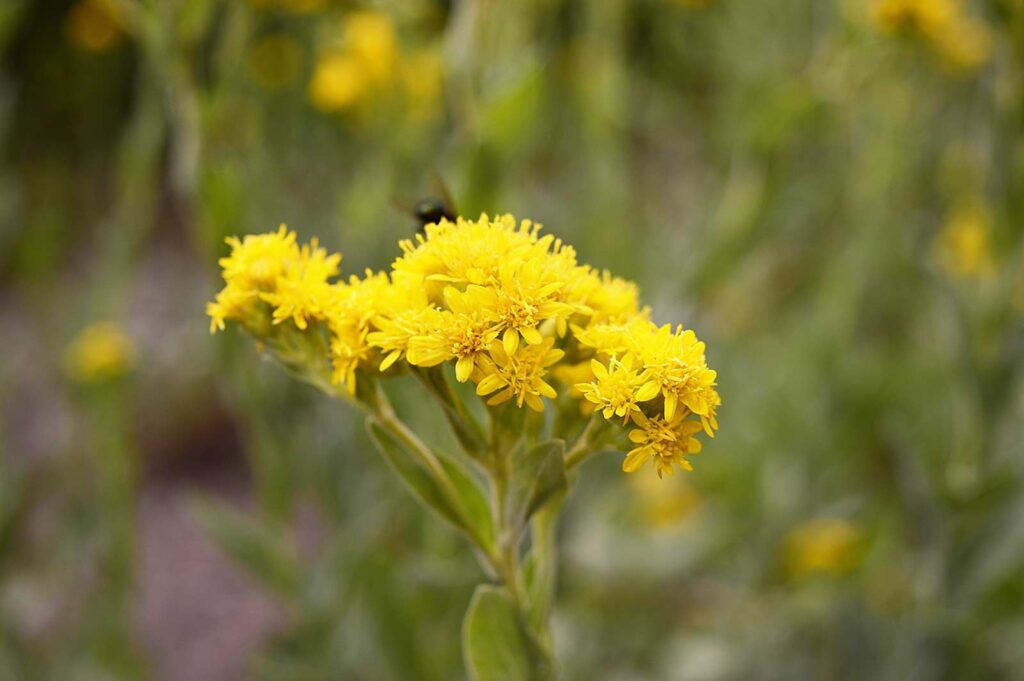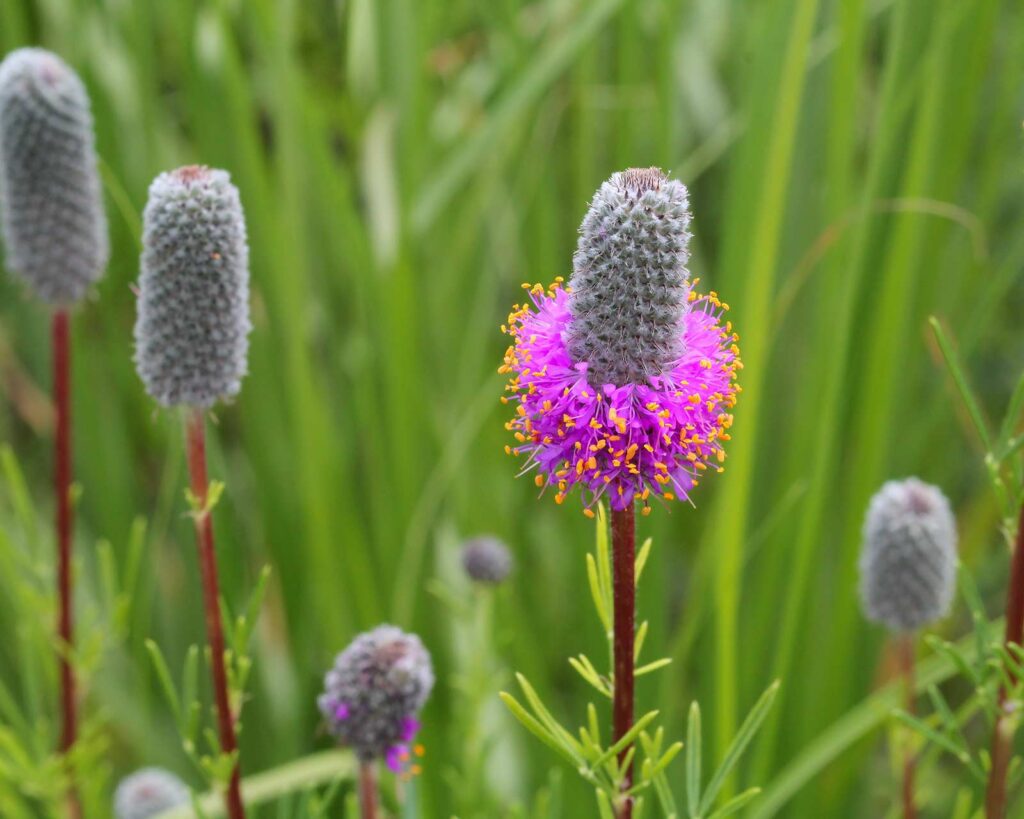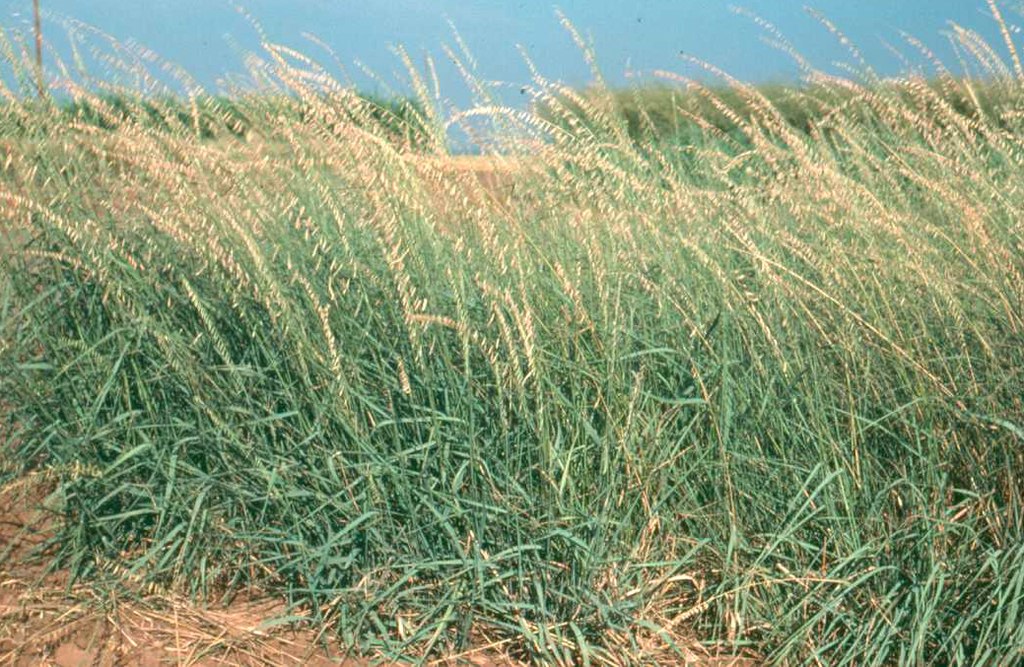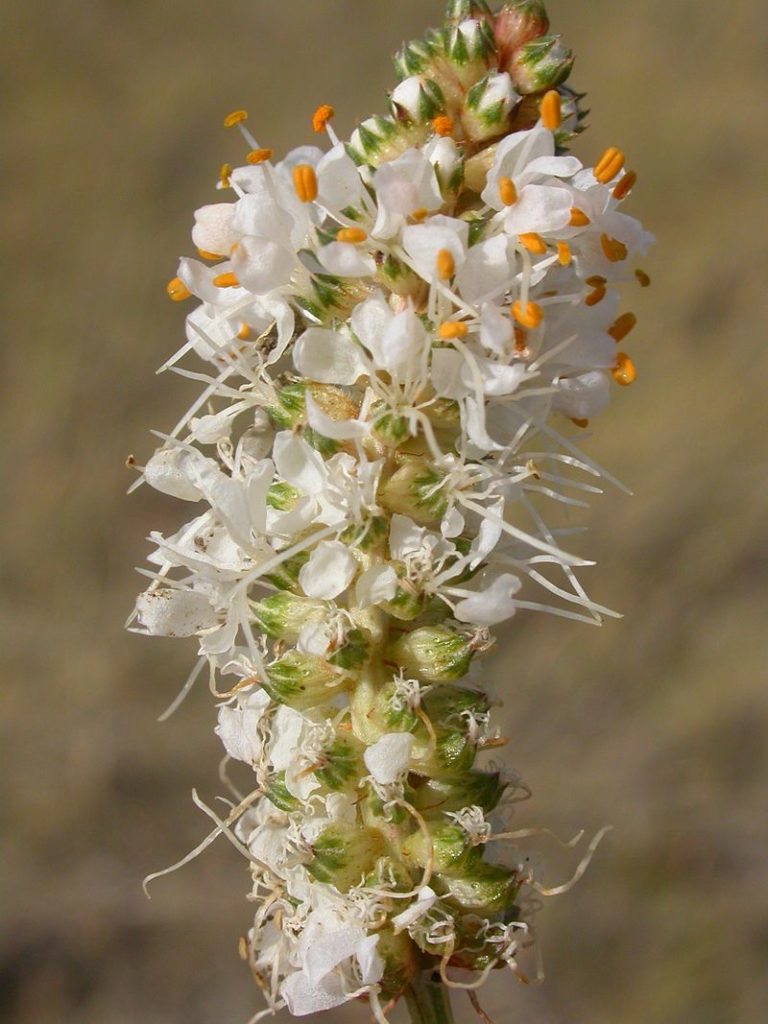Plant of the month: Wild Bergamot (Monarda fistulosa)
This signature purple flowered plant may be familiar to you by its wide use in teas and dried flower arrangements. Wild Bergamot is also a resilient native plant that grows in almost any condition (except for the wettest of soils) and is a favorite among bees and butterflies. When selecting a seed mix containing wild […]
Plant of the month: Wild Bergamot (Monarda fistulosa) Read More »







